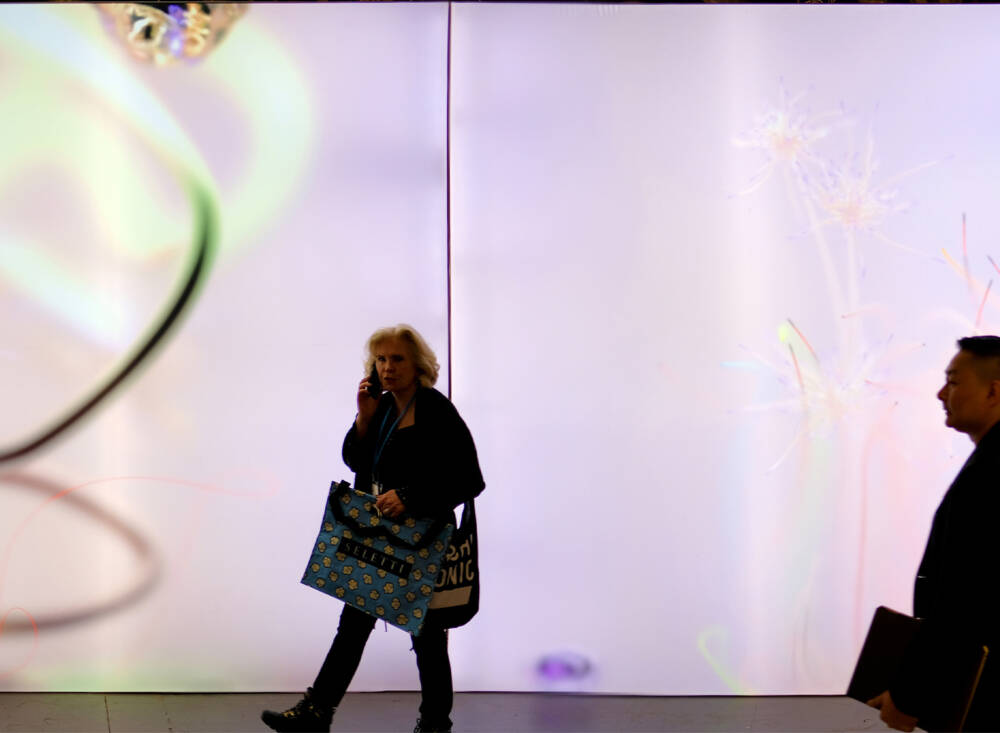Sensing life and structures in micro, macro and cyberspace
How we use digital technology today determines how we experience it in the future. That’s something, but still very little about Wang & Söderström – artist and design duo who creates imaginaries of the present and future through digital narratives. Natural forces, microbes, virus attacks, habitats and parasites… Anny Wang and Tim Söderström are investigating the relationship between living things, digital technologies and materials in the current and future digital and ecological shift. We talked about doing things the wrong way and how their synthetic realities translate into sculptures, visual imagery and installations that bring craft, body, nature and technology together.
Wang & Söderström will speak at the Forward Festival Vienna in October. Next to them, you will be able to hear Creatives like Deutsche & Japaner, Ada Sokol, Jim Stoten and many more.
Was there an eye-opening project or moment that made you realize you want to work between physical and digital? How does your approach change over time?
Rather than a single eye-opening moment, it was more of a slow awakening. We both studied architecture/design and we both used digital software to realize and communicate our physical ideas. In this workflow, however, the digital software was just supposed to be an aid for the physical result but we both found the possibilities within the digital software fascinating and fun to explore and experiment with.
Over time the way of approaching projects changed for both of us during our studies and we put more and more emphasis on the digital. Since then we try to balance, keeping a playful but also critical approach to how and when to mix the digital and physical.
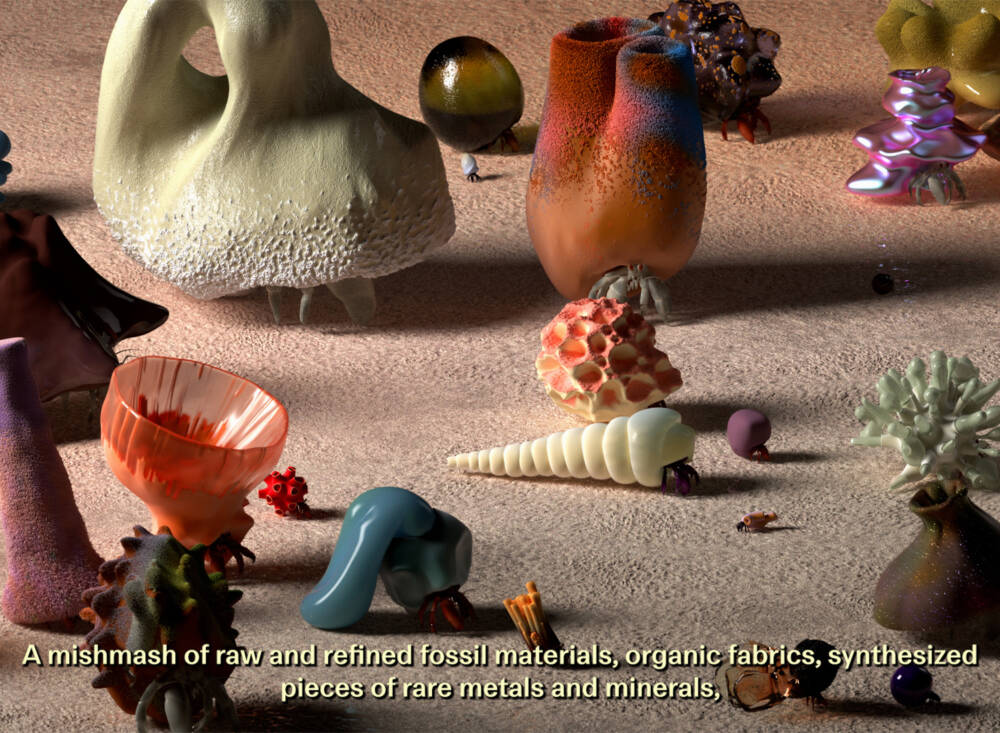
You’re now living and working in Copenhagen. Could you tell us more about its digital art scene?
When we first started in 2015-2016 we felt the digital art scene was more connected through global communication. But in recent years we have seen more local initiatives and people collaborating across disciplines where they wish to incorporate the potential within the expanding digital landscape. We would like to highlight the initiative Softer – a network for shaping softer digital futures, founded by Nicole Jonasson and Ida Lissner. They do online tutorials, workshops, residencies and physical gatherings all with the goal to rewrite the narrative that tech is hard.
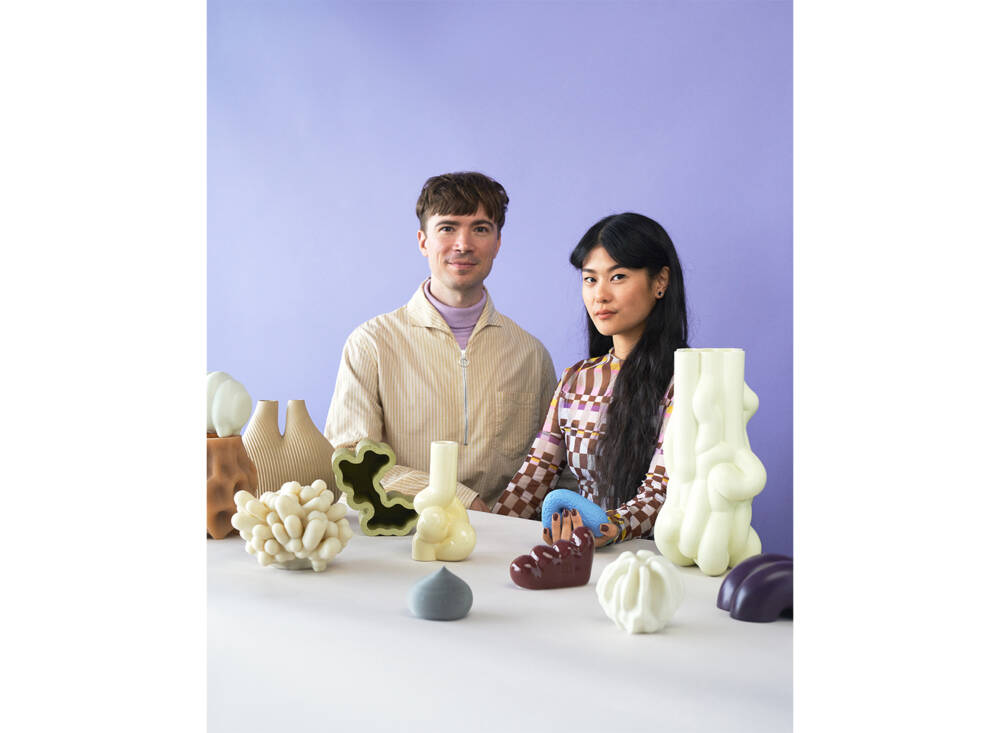
Is there any mission behind your work?
We believe that we live in an interesting time where the digital is still moldable, it hasn’t reached its full potential yet and it is definitely still very marked by the few people who have developing features in the digital world. How we use digital technology today determines how we experience technology in the future. By working with digital tools that have the human senses, physical aspects and playfulness in focus, we wish to stretch what digital can mean and make it closer to the human, our senses and the nature we are part of.
We find it interesting to investigate the interconnection between digital forces and natural forces, and cast light on the invisible like microscopic life or show hybrids of “new” materials. By using digital narratives with a shifting perspective from human, to nature, to tech, we explore which values are important to bring with us in the future when digital technologies and the climate crisis are getting more and more present in our everyday lives.
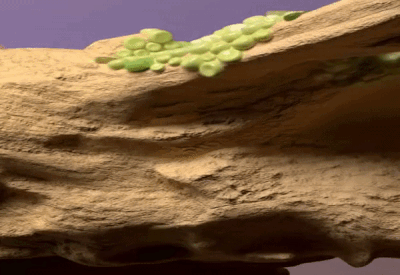
Your practice spans sculptures, visual imagery and installations. Tell us more about the concept of the Successful Supper project. What was the workflow like?
Successful Supper started during the pandemic. Lacking physical dinners, we thought of creating a digital dinner table. Our processes for our project can look very different. It can start from a conversation, a brief, from readings or it can simply start with a basic idea, some notes and the 3D software as a blank canvas. We opened up the software and just started to sketch and create directly. As work grew into a series it started to have its own life.
You always experiment and search for new ways of visual expression. Which combination of animation techniques do you normally use?
The only work experience we had before starting our studio was at architecture firms and, especially at the starting phase of our studio, we were suddenly working with 3D animations. This led to a unique, sometimes stupid, way of working. Even though we many times have a less optimal way of doing things we enjoy exploring and doing things “the wrong way”.

How does developing a creative motion concept normally start and what do you think makes it different and special?
This depends entirely on the project and there is no simple template for it. In a purely digital motion project the challenge is to not take the most obvious approach. The digital software provides you with so so many possibilities so you almost owe it to come up with something unique. This is of course easier said than done.
Who or what currently inspires you?
At the moment we are really inspired by how we can sense life and structures in micro, macro and cyberspace. We are currently working on a couple of pieces for our solo exhibition which is exploring and expanding on the themes of invisible life and structures in the digital sphere as well in nature and their interconnectedness to the term “home”. Home as our bodies, home as our data, home as in our planet. In a convergence between fiction and reality, we want to cast a light on invisible life and forces like microbes, virus attacks, habitats, parasites, data harvesting through narratives in video works, interactive installations and sculptures.

What do you think is the driving underlying trend in visual imagery now?
The AI and ML “revolution” that is happening is for sure going to provide interesting developments within all fields of digital making. Right now it is giving things a certain (fresh) look but it is still dominated by a certain group of people and their preferred aesthetics, so we think we are going to see the weirdest and most interesting usage of these techniques when they reach a less tech-savvy crowd.
How do you think technology has opened up new opportunities for art-making and how do you personally see their mutual future?
We think technology and art/design in all its forms have always had a close relationship almost as if they depend on each other. The democratization of digital tools in the last two decenniums is what is pushing all creative fields forward. If people get their hands on new tools they are going to find new ways to create, even if the tool was supposed to be used that way or not.
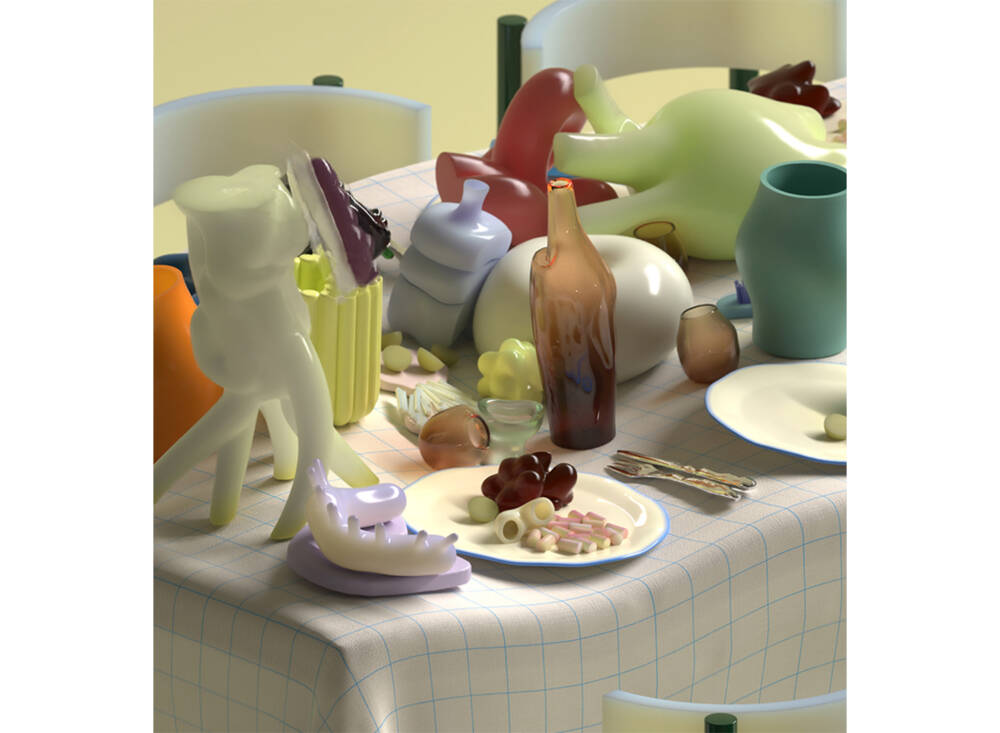
If you woke up tomorrow and all digital tools were suddenly gone – how would that change your work and how would you articulate your vision any further?
Both of us are working very sculpturally and visually in our methods today, so even if we wouldn’t have the digital equipment, we would probably find other tools that could aid our vision and urge to create. But, since our practice and research are so connected to the questions within the digital world, the themes of our work would probably have another focus. The ethereal qualities of the digital do not only lie in the tools though, it lies within the communication between people and our urge to connect and create.
What are you up to this year? Is it something special you would like to share, research or learn?
All our focus goes into working with our solo exhibition. It will be the first time we’ve had the time to not only scratch the surface but do a deep dive into a subject and it will result in a broad range of both digital and physical works. The exhibition will open in November 2022 in Copenhagen. Keep an eye on our Instagram for updates!
